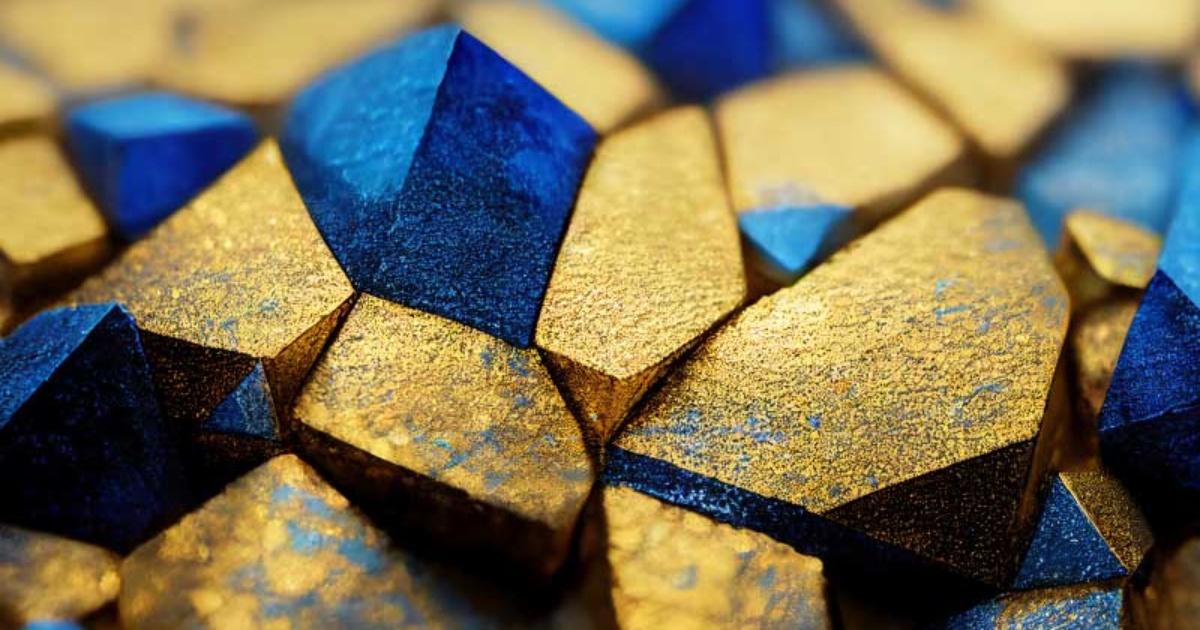The innovative solution of the H2STEEL European project aims at supporting the green transition of one of the most hard-to-abate industrial sector: metallurgy. Green steel is in fact a priority for Europe - and beyond.
The iron and steel industry are responsible for about 4% of anthropogenic CO2 emissions in Europe, and 9 % worldwide, due to the massive use of coal. While facing challenges in global competition, the EU steel sector needs to reduce the greenhouse gases emissions in its manufacturing processes to be compliant with the EU climate policy, in particular with Fit-For-55 package. Therefore, new low-CO2 technologies must be developed for decarbonizing the sector within the next 5-10 years, requiring large investments in research.
Traditionally, iron is recovered from ferrous metals in blast furnaces by removing the content of oxygen. This traditional plant generates cast iron used to produce steel, through a process in which the combustion of coal, the smelting of minerals and the reduction of metal oxides take place simultaneously. As the coal reacts with oxygen, producing carbon dioxide, the result is a huge production ratio of about 2 tons of CO2 for every ton of steel produced, representing a great environmental burden.
The replacement of coal with natural gas could enable the reduction of CO2 emission, however it is not to an extent suitable for the objectives of the European Green Deal. Instead, the use of green hydrogen generated with renewable energy would facilitate the decarbonization of the steel-making industry since its use is not related to CO2 production, contrary to all the fossil-derived fuels. However, the production of green hydrogen necessarily implies the development of routes economically feasible, at a cost comparable with the traditional - and fossil - processes. It is precisely in this context that the H2STEEL project finds its origins and its reasons. The project, coordinated by Politecnico di Torino, involves the collaboration of 4 European research centres, the innovative companies incubator I3P and two companies, among which Arcelormittal.
The main H2STEEL value proposition is represented by a disruptive hydrogen production via biomethane catalytic cracking through a new waste-derived catalyst, opening a new route for cost competitive green H2 in Europe. The innovative process will be validated in a specifically designed and built reactor. This disruptive H2STEEL process allows not only a carbon neutral route, but even negative, because the hydrogen production is accompanied by the formation of a carbonaceous solid, sequestering the CO2 in a solid form, called bio coal. Afterwards, carbon can be permanently sequestered in steel during the steel making process. If the H2STEEL model was largely implemented in Europe by 2030, the cost competitive process could bring to a reduction of more than 50 million tons of CO2 per year.
To stay up-to-date on H2STEEL's next project developments, updates and news, you can follow its official website and social channels on LinkedIn and on Twitter.

